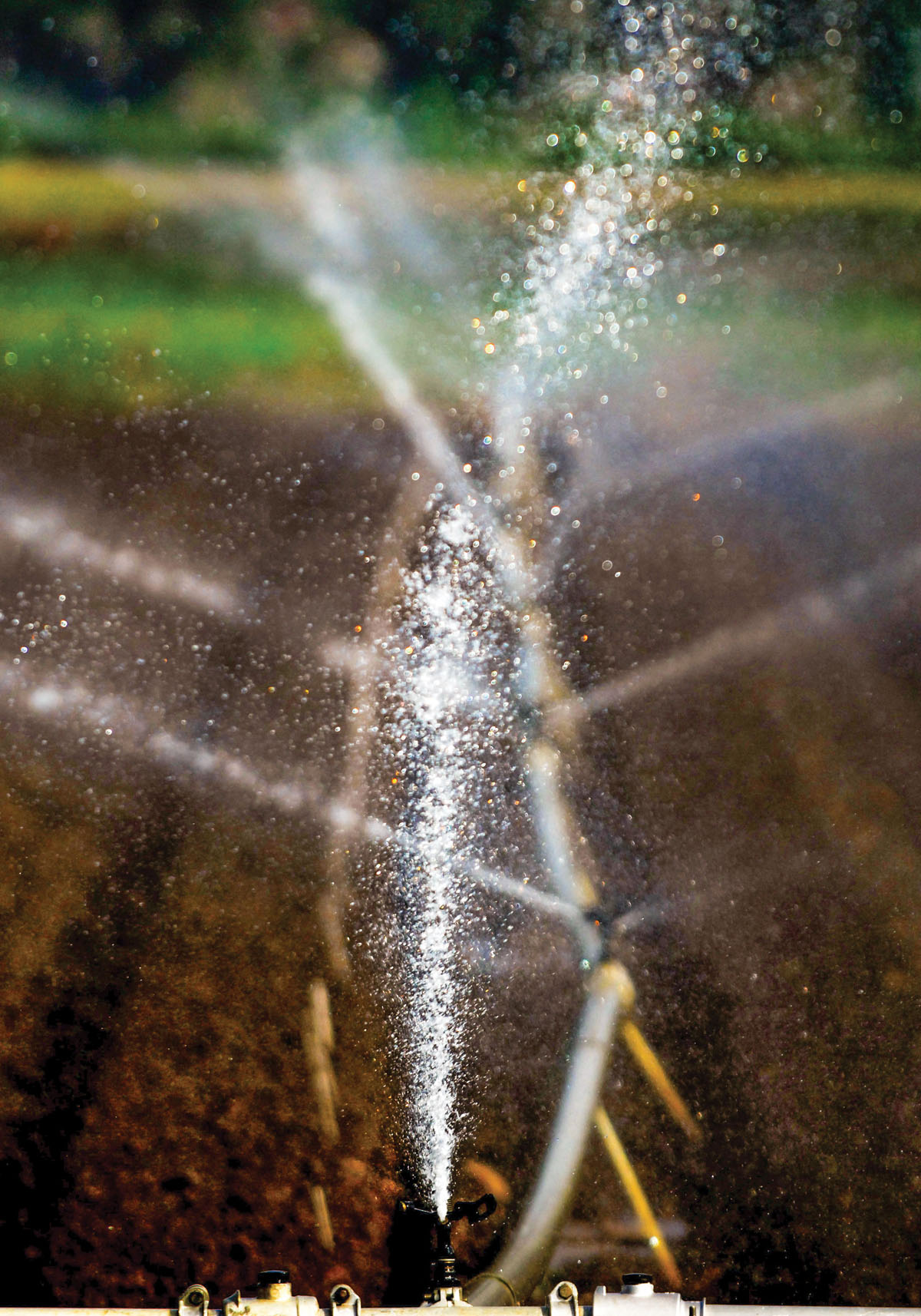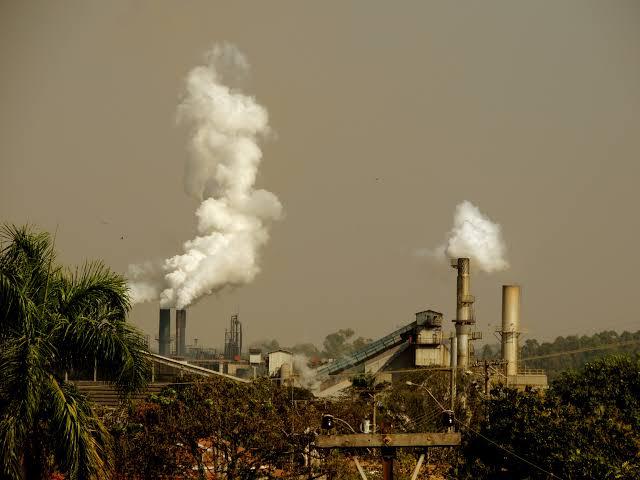Necessitating India’s Water Use Efficiency
Published: Jul 16, 2018
Published: Jul 16, 2018

Photo Courtesy: IRRI
India can curtail excessive extraction of groundwater for irrigation by adopting efficient techniques like sprinklers and drip irrigation.
Keep reading with one of these options :
